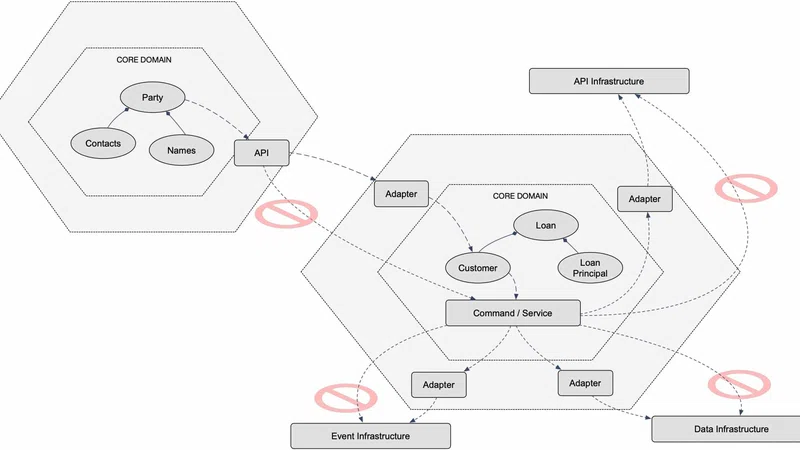With interest rates close to 0, people are forced to invest their money to avoid losing buying power (as inflation is considerably higher than the typical interest rate on a saving account or term deposit).
As many people do not want to actively follow-up their investment portfolio, most bank customers invest in actively-managed investment funds (often the funds managed by the asset management department of the same bank). Although those funds are usually a good investment decision, there is very little transparency on the investment decisions and the fee structure of those funds. Even though regulators force fund managers to offer KID/KIID documents to their investors and introduce all kinds of requirements to demonstrate the associated risk (like the FSMA risk label in Belgium), these documents and figures remain very difficult to understand for the common retail investor.
The main fee paid for a fund is the management fee, which typically varies between 0,1% and 2% of the AuM. As this fee is automatically taken off by the fund manager, it is implicitly included in the fund price (NAV) and as such not very easy to understand (even though the fund manager will communicate on it).
This fee level will vary on how active the fund is managed, i.e. passive managed funds like ETFs will be close to 0,1%, while very actively managed funds or funds with a capital guarantee might be at 2% or even higher.
Banks usually focus very hard on the fact that there are no (or very small) entry fees for a specific fund, but are often less emphasizing this (hidden) cost.
As many fund managers perform not so much better than their benchmark index, many experts suggest investing mainly in passive funds like ETFs (which track an index), as they have considerably lower management fees. It is however unfortunate that there is nothing in between, i.e. between a passive fund and an active fund. One potential idea of such a compromise could be a collaborative investment fund or socially managed fund, where the management is actually decided by the fund owners.
We could imagine a fund, which asks a management fee of around 1%, but which is actively managed by the inputs provided by its fund owners.
This could work as following:
- On a weekly basis each fund owner can (optional) provide 3 inputs, i.e. their proposed asset allocation percentage (obviously within the limits defined by the fund prospectus), their proposed assets to buy and their proposed assets to sell.
- The fund could then automatically calculate the buy and sell orders to generate. These orders would be calculated by taking a weighted average of the received propositions, i.e. first the target asset allocation percentages are calculated and the buy and sell suggestions are used to reach those targets. Afterwards within individual asset classes additional buys and sells (switches) could be executed when certain recommendations exceed a threshold.
- Every month all owners of the fund, who provided at least 1 input during the month, would get a return for their input. This return would be paid from the fund management fee, e.g. 0,5% could be kept for the fund administration, while 0,5% could be shared with contributing fund owners. Ideally this return would be paid in additional fund units.
The factor used to weigh the input of a fund owner and the return given to a fund owner will depend on 3 factors, i.e.
- The number of fund units the user has in his portfolio (at the moment of the proposition or an average over the month)
- The frequency at which the user provides inputs
- The user’s past performance, i.e. the return of the suggestions done by the user, if they would have been fully applied by the fund. This past performance will be expressed in a scoring, which will also be visible to the fund owner, together with some kind of ranking. For the top X performers additional bonuses could be considered.
If the combination of frequency and past performance are weighted equally to the number of fund units the user has in portfolio, small (active) investors could potentially gain considerable returns from the kickback of management fees.
If you consider e.g. a fund of 500 million EUR, this will generate a management fee of 5 million EUR / year (considering a 1% fee). 2.5 million EUR would be returned to investors and 2.5 million EUR would be used by the fund manager for all administration. When we would consider the average investor having a position of 10.000 EUR, we would have 50.000 investors. Let us say 20% actively participates in the investment propositions, this means 2.5 million EUR would need to be divided across 10.000 investors, meaning on average 250 EUR, which is additional 2,5% return on investment and for investors making propositions with good investment performance this would be even higher.
The fun part of this type of fund, is that it allows (small) investors to be part of a community, i.e. to be involved actively in large investment trades and also benefit financially of their work (contrary to investment games), while keeping the risks and costs to a minimum. It is a bit like an investment club, but then at a larger scale, more digital a nd you choose the amount of time and money you spend on it fully yourself.
I would love to invest in such a fund, but I could not find one applying this concept (there are some similar concepts, but they do not offer the same kind of kickback, automation and flexibility). Would love however to hear if this concept already exists.












